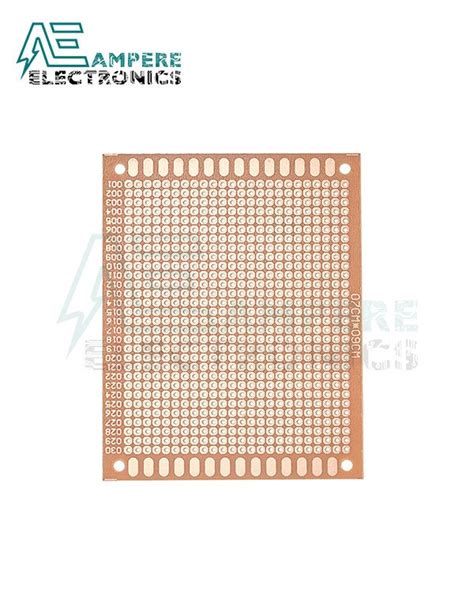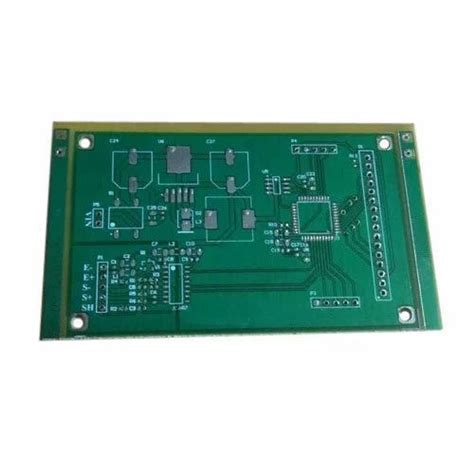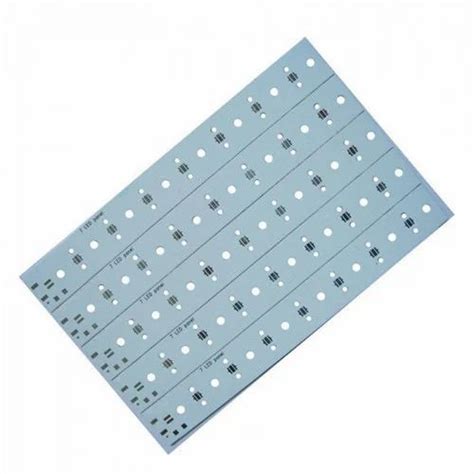Introduction to PCB Board Shape
When designing a printed circuit board (PCB) in Altium Designer, one of the fundamental elements to consider is the board shape. The board shape defines the physical outline and dimensions of your PCB, and it plays a crucial role in determining the overall size, mounting holes, and other mechanical aspects of your design. In this article, we will explore the various aspects of working with a board shape object on a PCB in Altium Designer.
Creating a Board Shape
To create a board shape in Altium Designer, follow these steps:
- Open your PCB project in Altium Designer.
- In the PCB editor, navigate to the “Design” menu and select “Board Shape” from the dropdown menu.
- Choose the desired shape for your board, such as rectangular, circular, or custom.
- Specify the dimensions and other parameters for your board shape.
- Click “OK” to create the board shape object.
Alternatively, you can use the “Place” menu to insert a board shape object directly onto your PCB layout.

Editing a Board Shape
Once you have created a board shape, you may need to modify it to suit your design requirements. Altium Designer provides various tools and options to edit the board shape:
Resizing the Board Shape
To resize the board shape, select it and use the sizing handles to adjust its dimensions. You can also enter precise values for the width and height in the properties panel.
Adding and Removing Vertices
If you have a custom board shape, you can add or remove vertices to refine its outline. Right-click on the board shape and select “Add Vertex” or “Remove Vertex” from the context menu. You can then drag the vertices to adjust the shape.
Applying Corner Radius
To apply a corner radius to your board shape, select it and access the properties panel. Under the “Corner Radius” section, enter the desired radius value. This will round the corners of your board shape.

Board Shape and Layer Stack-up
The board shape is closely related to the layer stack-up of your PCB. The layer stack-up defines the arrangement and thickness of the various layers in your PCB, such as copper layers, dielectric layers, and solder mask layers.
When working with the board shape, consider the following aspects related to the layer stack-up:
- Ensure that the board shape accommodates the required number of layers in your stack-up.
- Consider the thickness of your PCB and adjust the board shape dimensions accordingly.
- Define the appropriate copper pour and clearance rules for your board shape based on the layer stack-up.

Board Shape and Manufacturing Considerations
The board shape plays a significant role in the manufacturing process of your PCB. Here are some key considerations:
Minimum Clearance and Spacing
Ensure that your board shape allows for sufficient clearance and spacing between components, traces, and the board edge. Consult with your PCB manufacturer for their specific guidelines on minimum clearance and spacing requirements.
Mounting Holes and Cutouts
Include mounting holes and cutouts in your board shape as necessary for proper mechanical assembly and integration with enclosures or other components. Specify the correct size and position of these features in your board shape design.
Panelization
If your PCB will be manufactured in a panel with multiple boards, consider the panelization requirements when designing your board shape. Leave adequate space for panel tabs, fiducial markers, and other panel-related features.
Board Shape and Assembly Considerations
The board shape also impacts the assembly process of your PCB. Consider the following aspects:
Component Placement
Ensure that your board shape provides sufficient space for component placement and routing. Consider the size and orientation of components when defining the board shape.
Connector Locations
Plan the locations of connectors and other external interfaces based on your board shape. Ensure that the board shape accommodates the required connector positions and provides easy access for cable connections.
Silkscreen and Assembly Markings
Include appropriate silkscreen and assembly markings in your board shape design to aid in the assembly process. This may include component outlines, polarity indicators, and other relevant information.
Board Shape and Mechanical Integration
The board shape is crucial for the mechanical integration of your PCB into the final product. Consider the following aspects:
Enclosure Compatibility
Design your board shape to fit properly within the intended enclosure or mechanical housing. Consider the dimensions, mounting points, and clearances required for a seamless integration.
Mechanical Stress and Vibration
Evaluate the mechanical stress and vibration requirements for your PCB based on its intended application. Adjust the board shape and mounting hole locations to ensure adequate mechanical stability and reliability.
Thermal Management
Consider the thermal management aspects of your PCB when designing the board shape. Provide sufficient space for heat dissipation components, such as heatsinks or thermal vias, if necessary.
Frequently Asked Questions (FAQ)
-
Q: Can I import a custom board shape into Altium Designer?
A: Yes, you can import a custom board shape into Altium Designer. You can use various file formats, such as DXF or DWG, to import your board shape outline. -
Q: How do I define the layer stack-up for my PCB in Altium Designer?
A: To define the layer stack-up in Altium Designer, go to the “Design” menu and select “Layer Stack Manager.” Here, you can specify the number of layers, their types, thicknesses, and materials. -
Q: What is the purpose of adding mounting holes to the board shape?
A: Mounting holes are added to the board shape to facilitate the mechanical attachment of the PCB to an enclosure or other components. They provide a means to securely fasten the PCB using screws or other hardware. -
Q: How can I ensure that my board shape meets the manufacturing requirements?
A: To ensure that your board shape meets the manufacturing requirements, consult with your PCB manufacturer early in the design process. They can provide guidelines on minimum clearances, spacing, and other manufacturing constraints specific to their processes. -
Q: What should I consider when designing the board shape for panelization?
A: When designing the board shape for panelization, consider the panel size, spacing between individual boards, and the placement of panel tabs and fiducial markers. Coordinate with your PCB manufacturer to ensure compatibility with their panelization requirements.
Conclusion
Working with a board shape object on a PCB in Altium Designer is a critical aspect of PCB design. The board shape defines the physical outline and dimensions of your PCB, and it influences various aspects, such as manufacturing, assembly, and mechanical integration.
By understanding how to create, edit, and optimize your board shape, you can ensure that your PCB design meets the required specifications and constraints. Consider the layer stack-up, manufacturing guidelines, assembly requirements, and mechanical integration when designing your board shape.
Altium Designer provides powerful tools and features to work with board shapes effectively. By leveraging these capabilities and following best practices, you can create high-quality PCB designs that are ready for manufacturing and assembly.
Remember to collaborate closely with your PCB manufacturer throughout the design process to ensure that your board shape aligns with their specific requirements and guidelines. This collaboration will help you avoid potential issues and achieve a successful PCB design outcome.
| Aspect | Considerations |
|---|---|
| Manufacturing | – Minimum clearance and spacing – Mounting holes and cutouts – Panelization |
| Assembly | – Component placement – Connector locations – Silkscreen and assembly markings |
| Mechanical Integration | – Enclosure compatibility – Mechanical stress and vibration – Thermal management |
By keeping these considerations in mind and leveraging the capabilities of Altium Designer, you can create board shapes that meet your design requirements and ensure the successful realization of your PCB project.

Leave a Reply